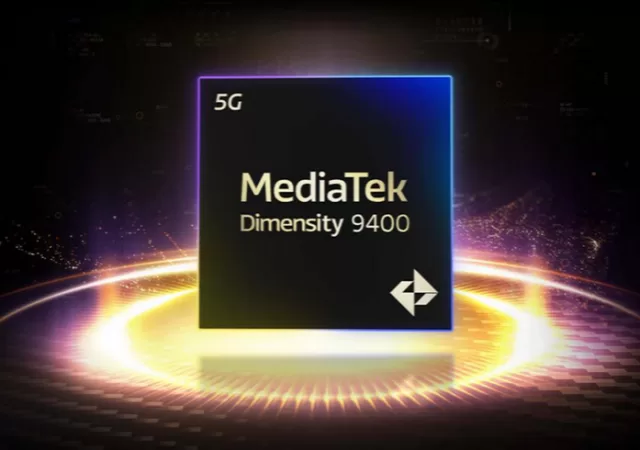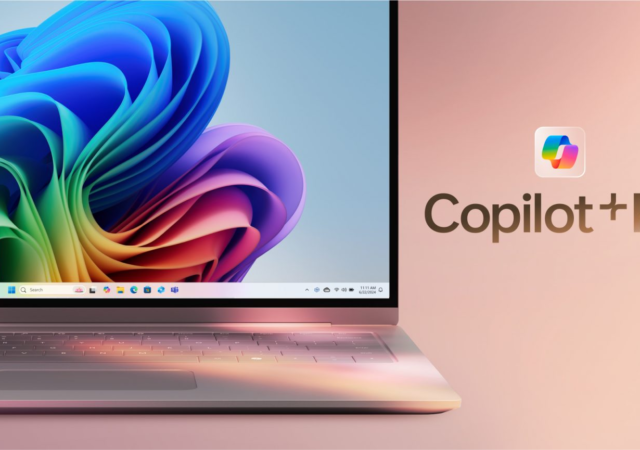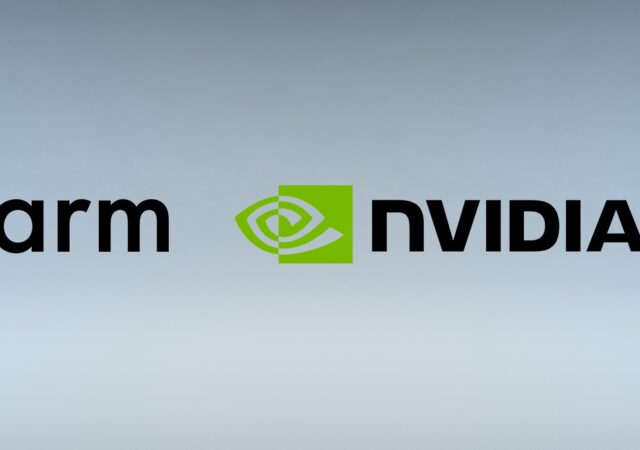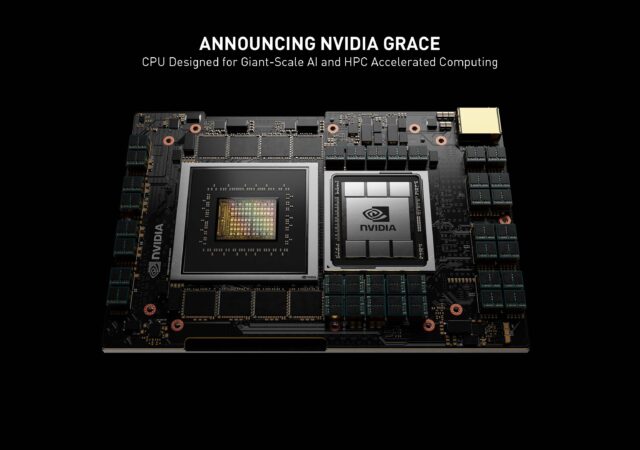Acer continues to build a broad portfolio of offerings that covers every aspect of digital living including monitors and WiFi routers.
[next@acer] Acer’s new Chromebook Plus Spin 514 Runs on a MediaTek Kompanio Ultra SoC
Acer takes a chance on the MediaTek Kompanio Ultra processor with the new Chromebook Plus Spin 514.
MediaTek Unveils the Dimensity 9400: A Powerful New Chip for Next-Generation Smartphones
MediaTek announces the Dimensity 9400 processor which takes a step forward in chip architecture and focuses on delivering on-device AI features.
Microsoft Introduces Copilot+ PCs Signaling a Significant Change in Personal Computing for Windows PCs
Microsoft is changing the playbook when it comes to AI PCs with its new Copilot+ PCs. These PCs are built from the ground up to leverage new architecture and AI.
[UPDATED] NVIDIA + ARM Deal is Not Happening After All!
NVIDIA’s bid to acquire ARM has reportedly failed! What does this mean for other key players? What does this mean for SoftrBank?
NVIDIA Grace CPU for Datacentres for Next Generation Super Computers
NVIDIA announces project Grace in GTC 2021. The NVIDIA Grace CPU is the next generation processor for datacentres.








